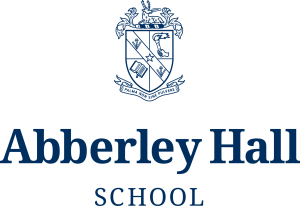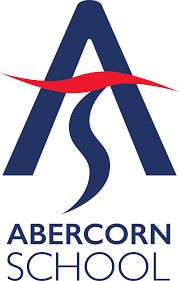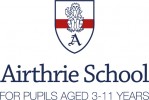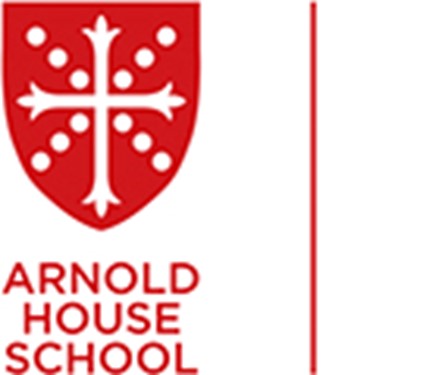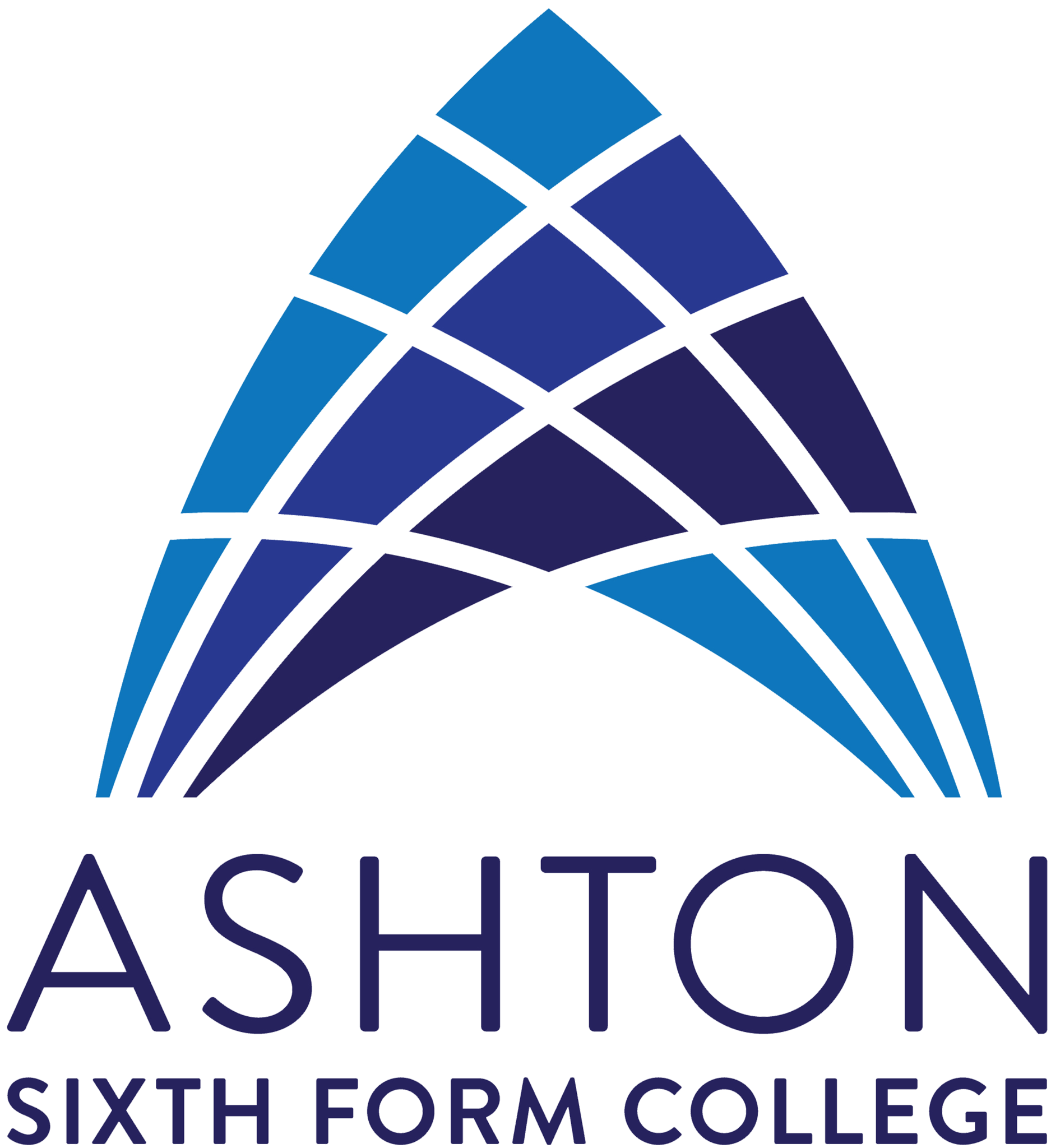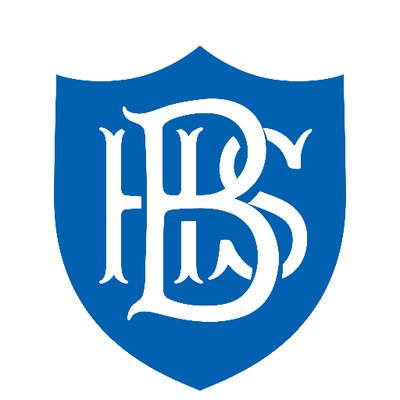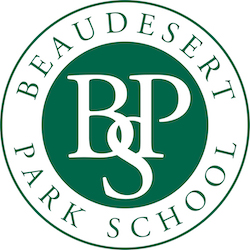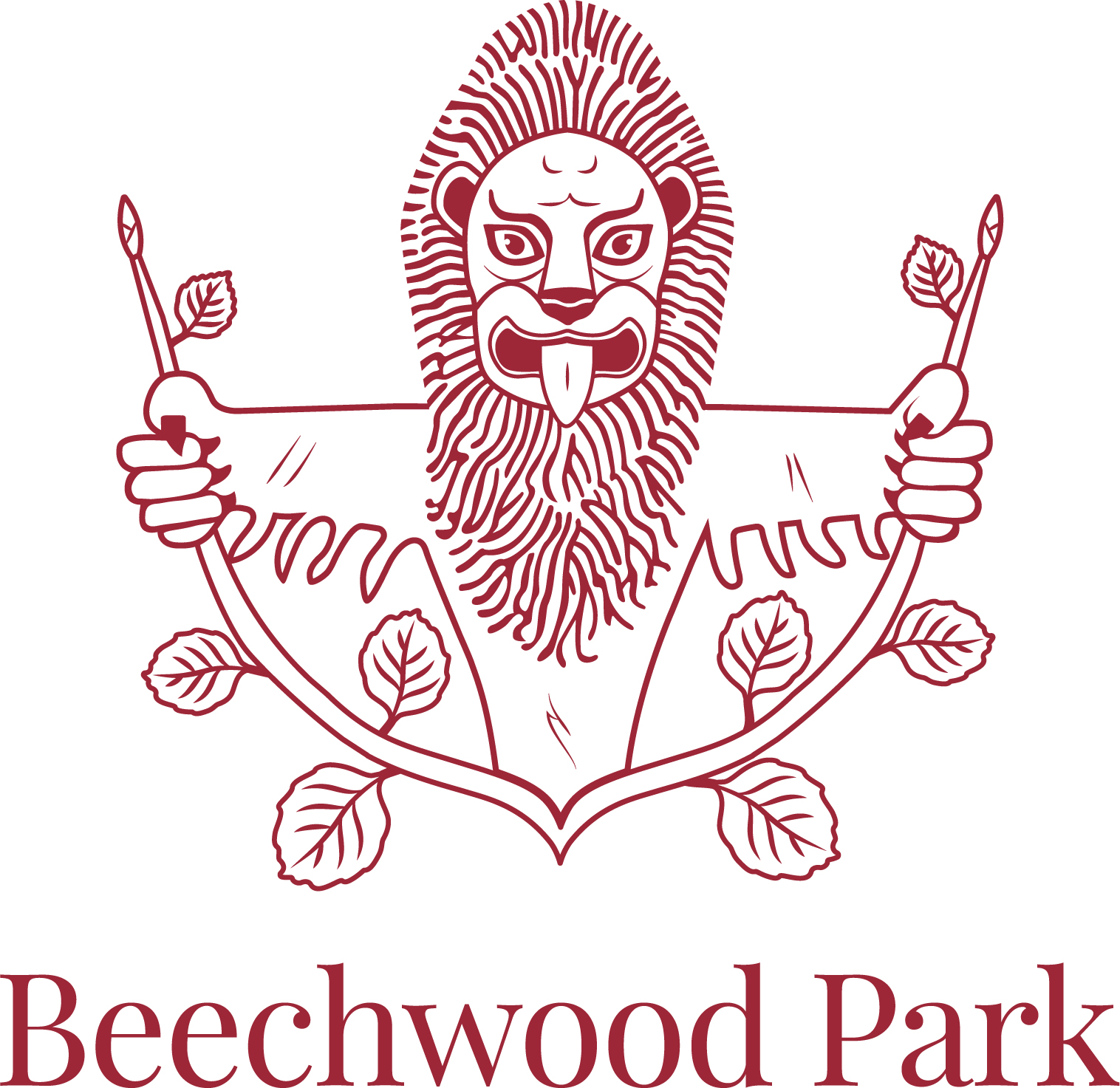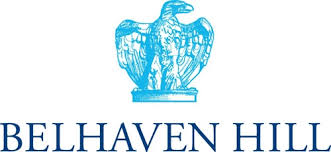What is Non-Verbal Reasoning?
Non-Verbal Reasoning (NVR) is problem solving using pictures and diagrams. It tests a pupil's ability to analyse visual information and solve problems based on visual reasoning. Pupils are expected to have a solid knowledge of shape and measure, especially in topics such as rotation and symmetry. Although some of the skills required to succeed at NVR may be taught in the national curriculum, NVR is not taught in most schools.
NVR questions appear in diagrammatic and pictoral formats. Candidates will need to be able to understand and analyse this information mentally and without limitations of language skills. Often, pupils are asked to look at a sequence and find the odd one out. Other examples of typical NVR questions include:
- Working out what a shape would look like when folded
- Identifying the mirror image of a shape
- Figuring out the next shape in a sequence
- Finding identical shapes in a group of shapes
- Identifying what shapes look like when rotated
- Identifying which 2D net can be folded to make a cube
- Identifying how a punched piece of paper will look after folding or opening
Non-Verbal Reasoning is used in 11+ exams because it allows examiners to judge pupils' visual acuity, speed of perception, and their ability to recognise and manipulate objects. The skills required for the Non-Verbal Reasoning exam are not as easy to acquire as simple literacy and numeracy skills as it goes beyond and bypasses language acquistition and mathematical ability. As with Verbal Reasoning, NVR is used in entrance exams to assess a candidates natural ability and potential, rather than their learned knowledge.
Through consistent practice, exposure and familiarisation, pupils can able to improve their skills in this area.
Get an idea of your child's Non-Verbal Reasoning ability by trying a free BOFA Non-Verbal Reasoning demo test with them:
How can I help my child improve their Non-Verbal Reasoning skills?
- Try plenty of practice questions so they become familiar with NVR question styles. Some schools will provide practice questions for home use, but there are also plenty of resources available from learning providers aimed to develop a pupils NVR ability.
- A good mathematical knowledge is helpful when answering NVR questions. Ensure your child is confident with their school learning.
- Play visual games like 'Spot the difference'.
- Develop their spacial awareness, especially of shapes, with jigsaws, lego and construction material. Make a note to talk to your child about how shapes interlock.
- Draw half a shape on a piece of paper and ask your child to draw the mirror image, using a mirror together to check.
Useful links
- What is Verbal Reasoning?
- What is the difference between VR and NVR?
- Which subjects are tested in the 11+?




